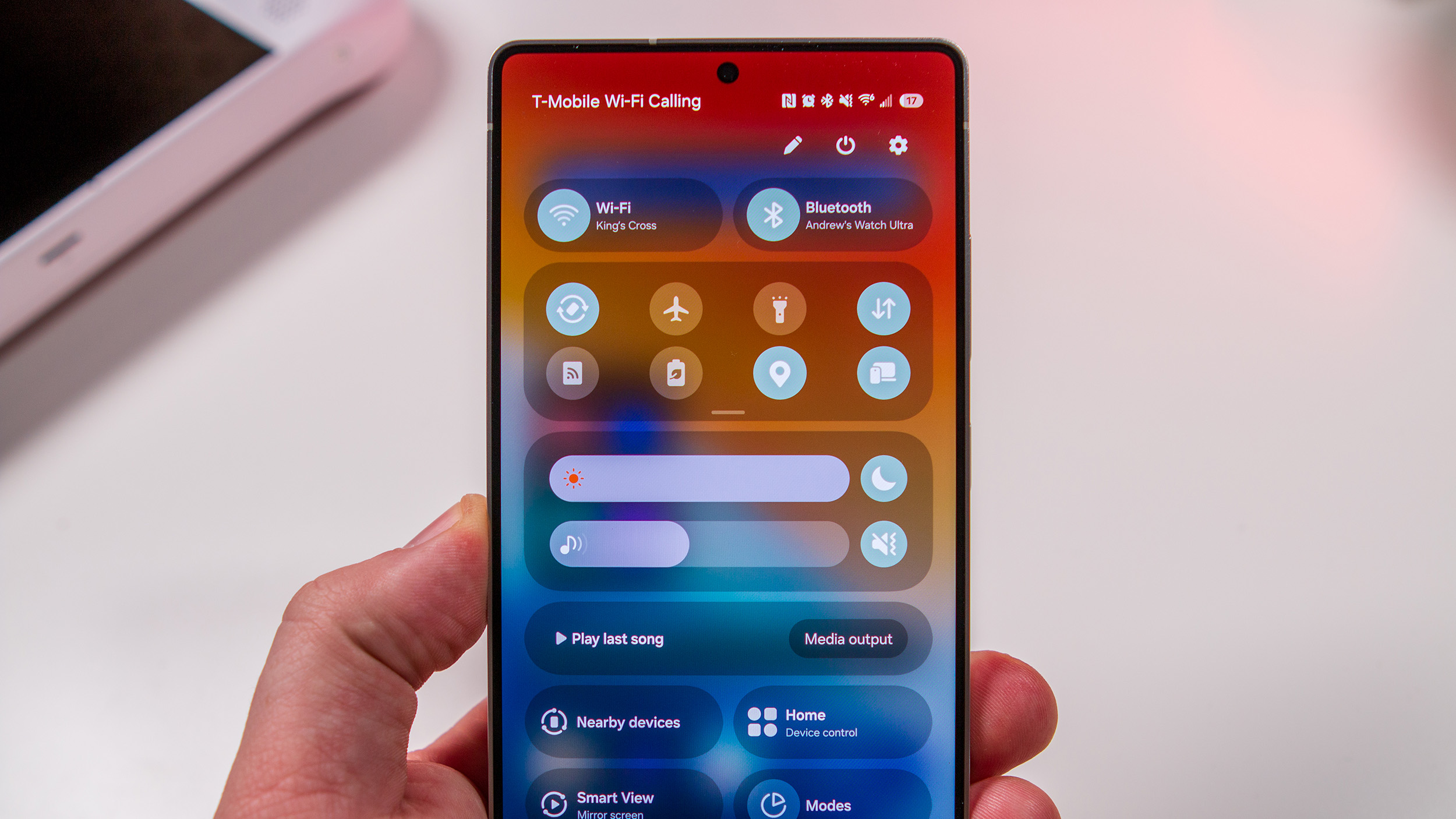It's time for a new wave of Chromebooks
The dream is almost here.


Beyond the Alphabet is a weekly column that focuses on the tech world both inside and out of the confines of Mountain View.
Over the past few months, Windows laptops have gotten a bit of a "glow-up," if you will. While Intel and AMD continue churning out chips that promise the best performance, Qualcomm might have just snuck ahead of them all with the Snapdragon X Elite series.
See, we've been waiting for the day that Intel or AMD would release a chip that is capable of going toe-to-toe with Apple Silicon. To date, that has yet to come to fruition.
There's always some major compromise that we have to deal with, whether it be in the power department or battery life. Technically, you can get a laptop that's capable of matching or even surpassing Apple's M-series of chips in terms of raw power. But, good luck using the laptop for more than an hour or two before needing to find an outlet.
On the flip side, there are chips, even Arm SoCs, that provide endless hours of battery life. However, there's not enough performance to use more than a couple of apps at a time, and you're better suited to just get a tablet instead.
This problem isn't limited to just the Windows scene, as Chromebooks also have their fair share of compromises. No, we aren't talking about the limitations of ChromeOS. But it's always a "pick your poison" situation, and there's yet to be an option that checks all of the boxes.
At the time, Google's Chromebook Plus initiative seemed like a great idea, and it still is. Offer a base level of specs and features, and toss in a few extra goodies, all while trying to ease the decision-making process. Times are a-changin', and it's time for Chromebook OEMs to go back to the drawing board with the Snapdragon X Elite in tow.
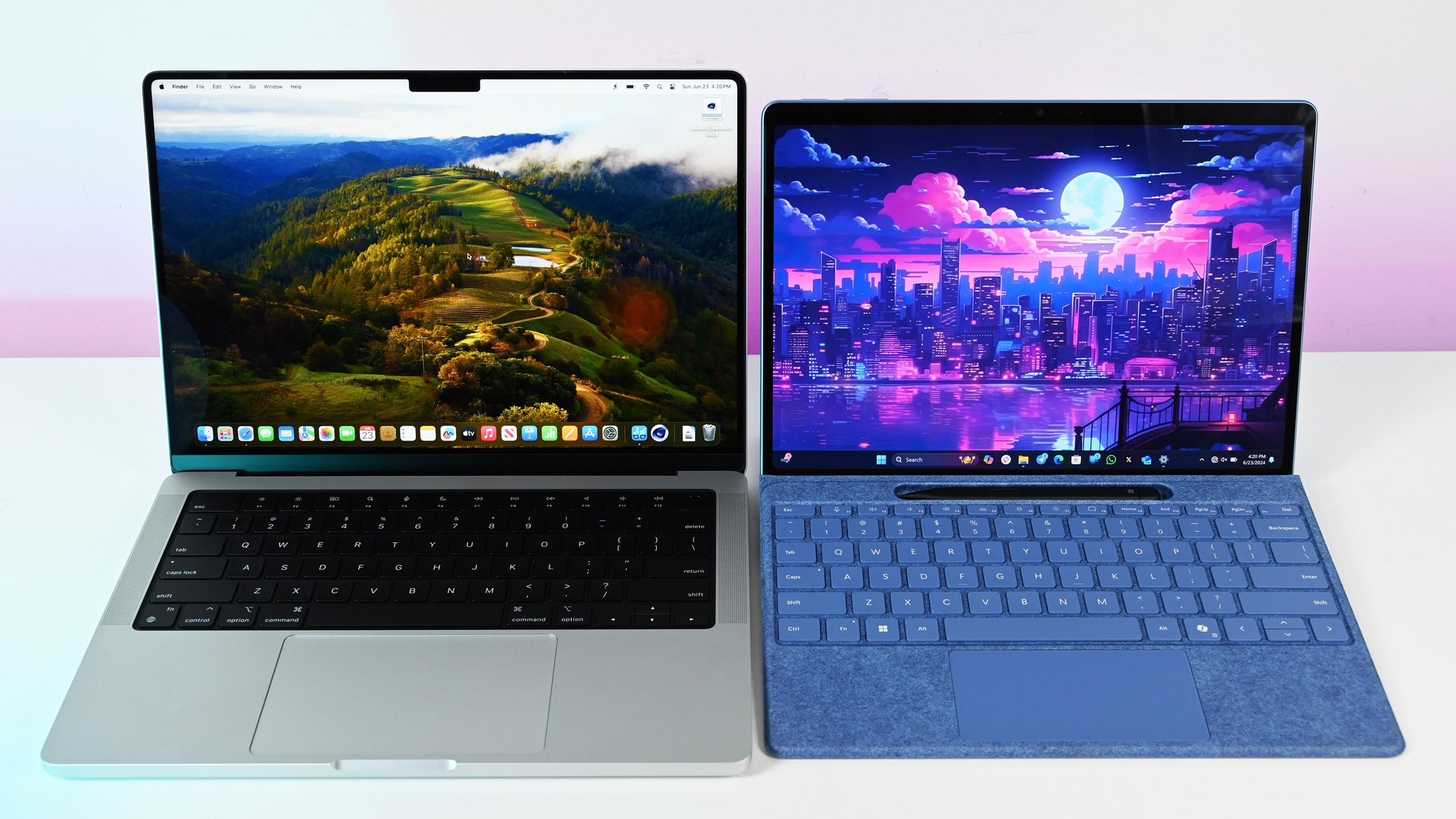
This isn't to say that you can't get both great performance and battery life out of a Chromebook. What I am saying, is that after spending some time with the latest Surface Pro 11, it can get even better. Furthermore, I'm frankly shocked that we haven't seen any Chromebooks announced with the Snapdragon X Elite.
Be an expert in 5 minutes
Get the latest news from Android Central, your trusted companion in the world of Android
Further driving the point home, is that I'm writing this during IFA 2024, at which point Qualcomm has announced more Snapdragon chips that will make their way into Windows laptops. More importantly, this upcoming crop of laptops will be much more affordable than the initial wave, with some priced as low as $700.
Maybe that's the answer as to why we have yet to see new Snapdragon-powered Chromebooks. Although $700 might be seen as affordable in the Windows space, that's not the case with Chromebooks. For that, you're looking at the higher-end Chromebook models, such as the Acer Chromebook Plus Spin 714, ASUS Expertbook CX54 Chromebook Plus, and others.
Unfortunately, the real sweet spot for Chromebooks seems to be between the $300 to $500 price point. You might be able to stretch that to include the $600 bracket, but that's usually reserved for those higher-end options that are on sale for less.
Okay, so let's bring it back a bit. What is so special about the Snapdragon laptop chips that make me want one in a Chromebook? Well, at least in the case of the Surface Pro 11, it finally gives me both the performance and battery life that I look for in a laptop.
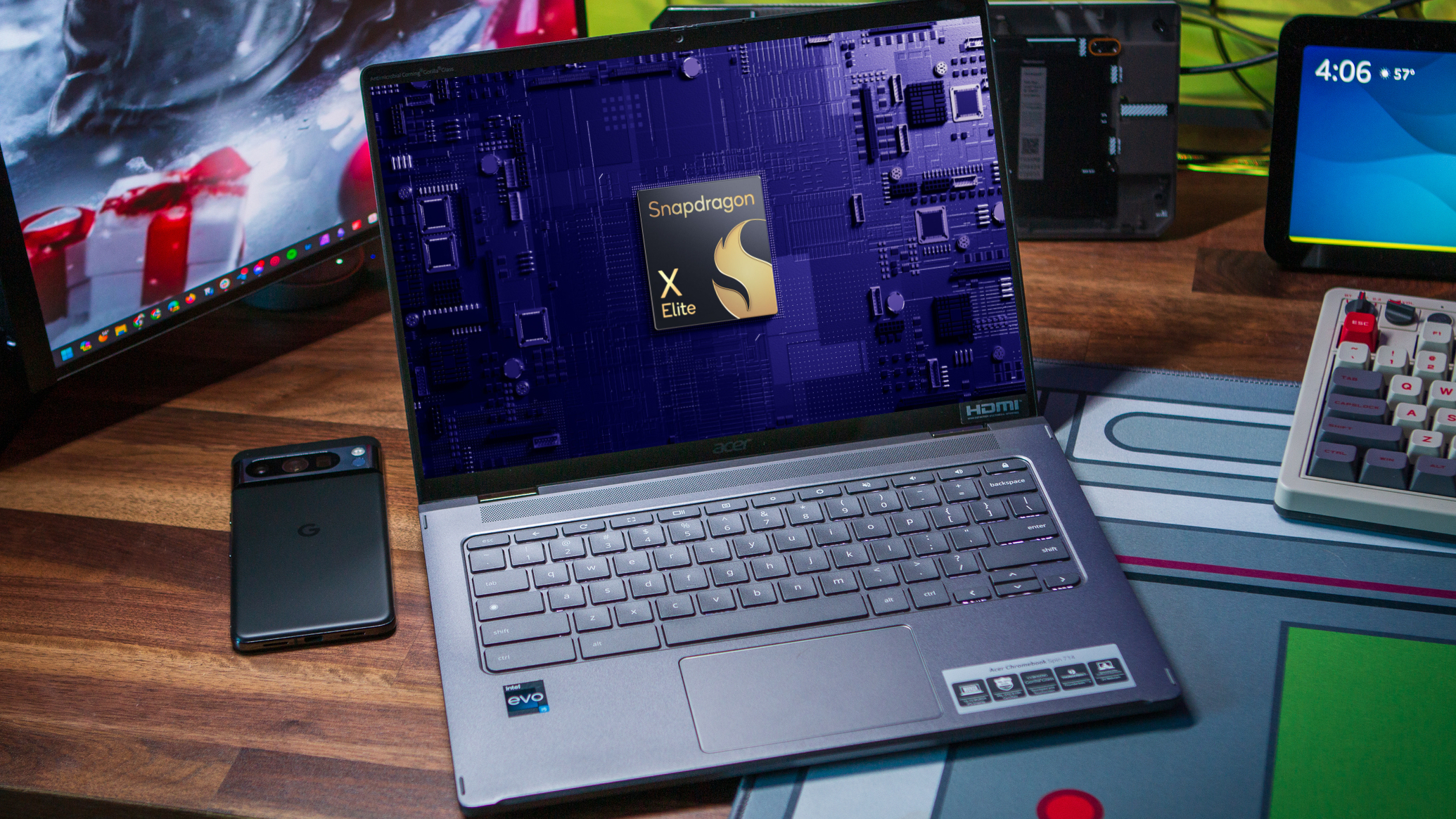
Imagine a non-Apple world where your laptop can last for at least 10-12 hours, while also being capable of running a bunch of apps at the same time without so much as a stutter. That's what I've been experiencing with my Surface Pro 11, which doesn't even feature the most "powerful" Snapdragon X Elite model there is.
More often than not, I'm reaching for the Surface than the Spin 714 or even my own M2 Max MacBook Pro. Not because there's anything drastically different about Windows, but because I know that 9/10 times, it will still have plenty of battery left, even after sitting unused for a day or two.
Perhaps another reason why we've yet to see anything of substance here is because of how Qualcomm is making this work. We've seen Arm on Windows devices before, but it failed rather spectacularly, despite the Surface Pro X being practically perfect from a design perspective.
The reason is that there just aren't very many developers that are willing (or able) to make their apps compatible with Arm CPUs. There are quite a few, with Adobe notably offering Arm-compatible versions of many of its Creative Cloud applications. But, what about indie developers or "one-man-band" developers that don't have the time or resources to do something like that?
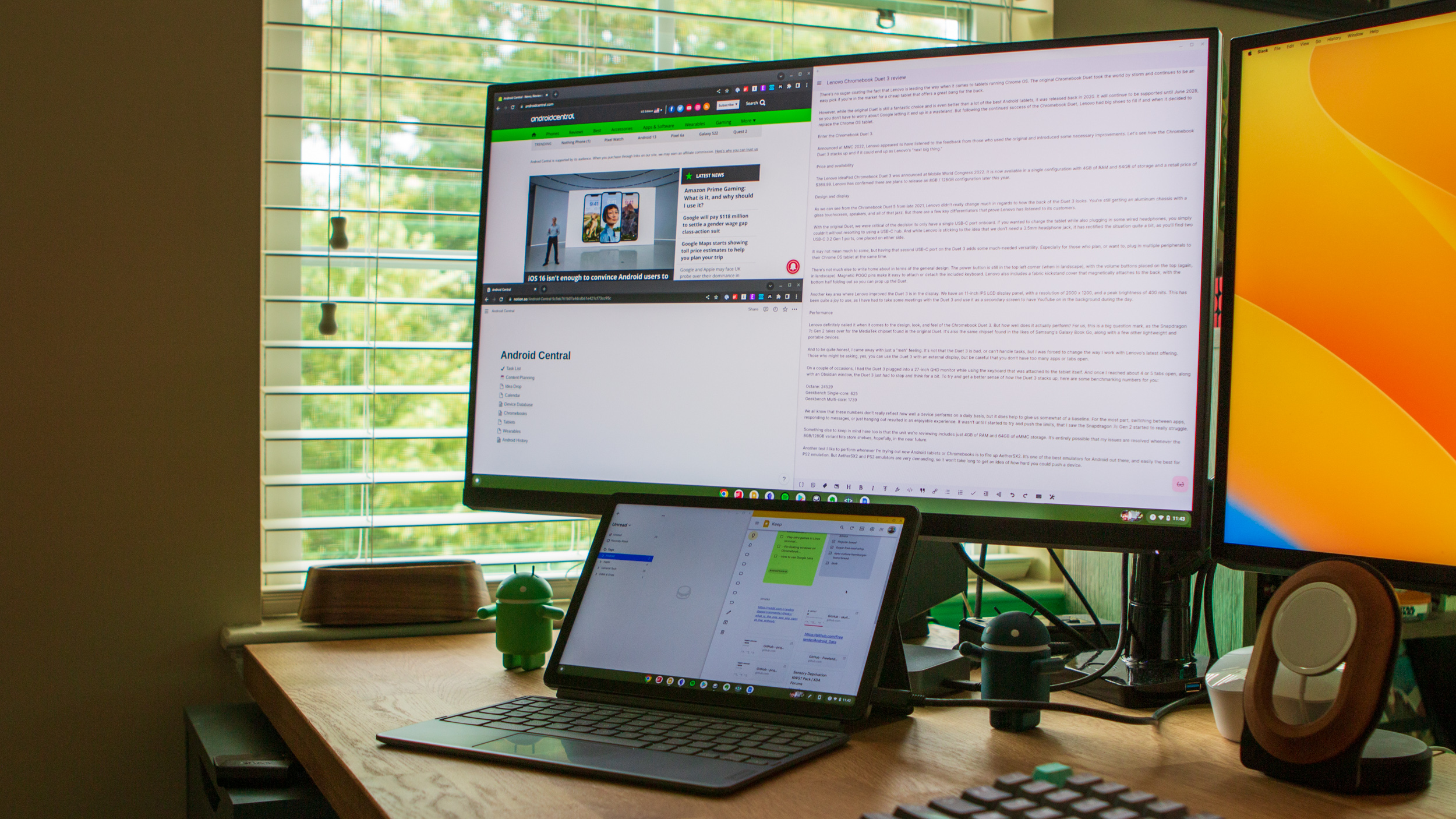
This is where the fun part comes in, Qualcomm relies on a transition layer, allowing x86_64 apps to run on Arm, which is essentially a mobile platform. There have been some growing pains, but this was to be expected, and honestly, it's been a much better experience than the first time that this was attempted in the Windows arena.
Which gives me a nice little segue into the obvious — ChromeOS has been there before, and it works just fine. Our favorite ChromeOS tablet, the Lenovo Chromebook Duet 3, is powered by the Snapdragon 7c Gen 2 SoC, a mobile-first chip. Aside from some bottlenecks with the 4GB version and the reliance on eMMC for storage, it works just fine.
No, you can't do everything with the Duet 3 as you can on one of the x86 Chromebooks. But, you can do much more than you might suspect, while still enjoying the fruits offered by the Play Store.
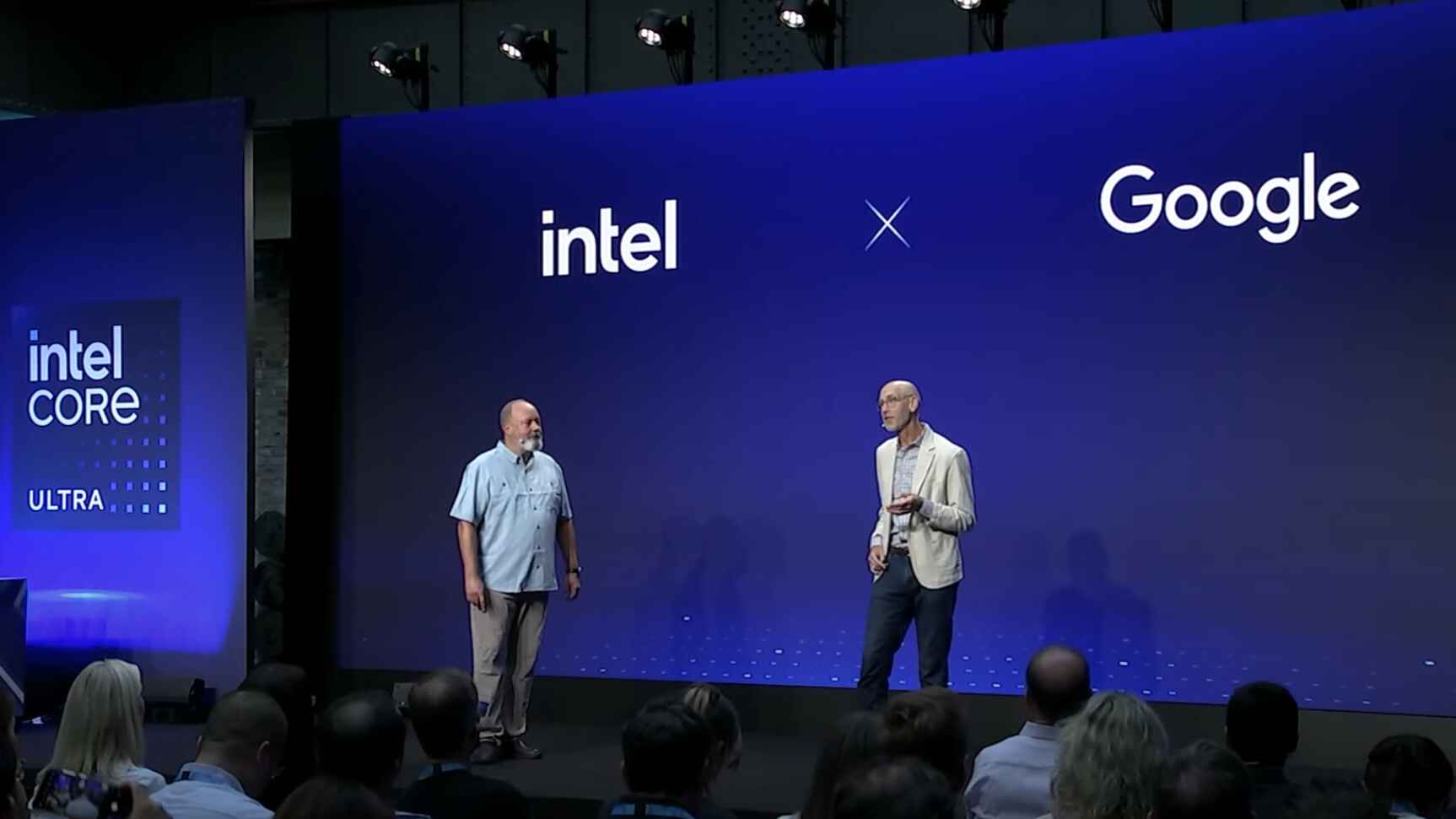
Another factor that may be playing a part in why we have yet to see the Snapdragon X Elite on a Chromebook is Google's partnership with Intel. At IFA 2024, Intel introduced its new lineup of Intel Core Ultra chips. During the presentation, John Solomon, Vice President and General Manager of ChromeOS & Education was brought on stage by Intel's Jim Johnson, Senior VP and GM, Client Business Group.
The two spoke about the power of Intel processors, while also reinforcing the relationship between Intel and Google. A Gemini demo was also played in the background, showing off the upcoming Help Me Read feature, along with the excellent Magic Editor feature in Google Photos. More importantly, the point was driven home that all of the AI tasks were being performed on-device, without reliance on the cloud.
At first glance, it appears that Intel and Google's partnership isn't going away anytime soon. However, I couldn't help but feel as though the repeated mentions of "Chromebook Plus" was Google leaving the door open a bit. Not because there's anything wrong with the "Plus" moniker, but it could lead way to additional branding being added into the mix.
To me, pairing the Snapdragon X Elite with a Chromebook sounds like a match made in heaven. Dare I say that it would make for the perfect pairing for the return of the Pixelbook? I mean, with HP bowing out of the premium Chromebook space, things are lining up, yet again, for Google to make a big splash.
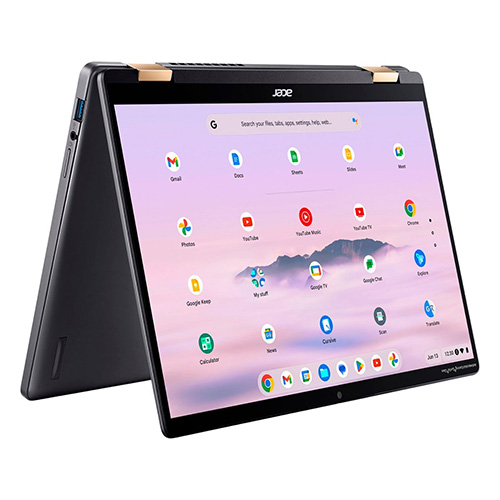
The best for most
Although the design is a bit dated at this point, there's little denying that the Spin 714 from Acer offers one of the best experiences. The latest model features all of the great Chromebook Plus features, along with the convertible design loved by many.

Andrew Myrick is a Senior Editor at Android Central. He enjoys everything to do with technology, including tablets, smartphones, and everything in between. Perhaps his favorite past-time is collecting different headphones, even if they all end up in the same drawer.
You must confirm your public display name before commenting
Please logout and then login again, you will then be prompted to enter your display name.
